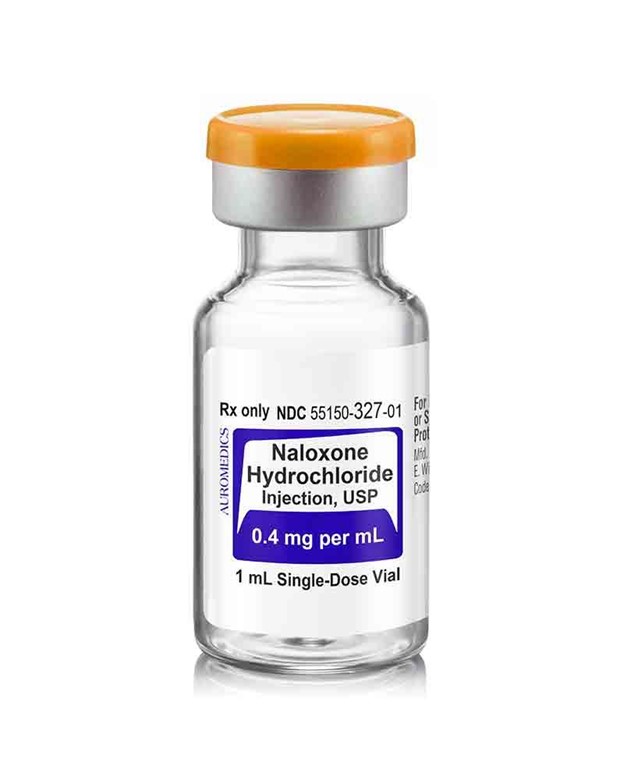Which assessment is most important for the nurse to perform prior to the application of a heating pad?
Limitations to range of motion.
Muscle strength and tone.
Degree of neurosensory impairment.
Presence of rebound phenomenon.
The Correct Answer is C
Choice A: Limitations to range of motion are not directly related to the application of a heating pad. A heating pad may help reduce pain and stiffness, but it does not affect the range of motion itself.
Choice B: Muscle strength and tone are also not directly related to the application of a heating pad. A heating pad may relax tense muscles, but it does not affect the strength or tone of the muscles.
Choice C: Degree of neurosensory impairment is the most important assessment for the nurse to perform prior to the application of a heating pad. A heating pad can cause burns or tissue damage if the patient has impaired sensation and cannot feel the heat or pain. The nurse should check the patient's ability to perceive temperature, pressure, and pain before applying a heating pad.
Choice D: Presence of rebound phenomenon is not relevant to the application of a heating pad. Rebound phenomenon refers to the worsening of symptoms after discontinuing a medication or treatment. A heating pad does not cause rebound phenomenon.
Nursing Test Bank
Naxlex Comprehensive Predictor Exams
Related Questions
Correct Answer is ["2.5"]
Explanation
To find the volume of the solution needed, the nurse can use the formula:
Volume (mL) = Dose (mg) / Concentration (mg/mL)
Substituting the given values, we get:
Volume (mL) = 1 mg / 0.4 mg/mL
Simplifying, we get:
Volume (mL) = 2.5 mL
Therefore, the nurse should administer 2.5 mL of naloxone to give a dose of 1 mg.

Correct Answer is B
Explanation
Choice A Reason: This is incorrect because explaining that alternative treatment options may be helpful can be insensitive and unrealistic, as it may raise false hopes or imply that the husband's condition is not serious.
Choice B Reason: This is correct because encouraging the wife to share her feelings can help her cope with her grief and express her emotions in a supportive environment. The nurse should use active listening and empathic responses.
Choice C Reason: This is incorrect because offering reassurance that she is not alone can be dismissive and invalidating, as it may minimize her feelings or imply that she should not feel lonely.
Choice D Reason: This is incorrect because reminding her that her husband may still live a long time can be dishonest and inappropriate, as it may contradict the medical prognosis or imply that she should not prepare for his death.
Whether you are a student looking to ace your exams or a practicing nurse seeking to enhance your expertise , our nursing education contents will empower you with the confidence and competence to make a difference in the lives of patients and become a respected leader in the healthcare field.
Visit Naxlex, invest in your future and unlock endless possibilities with our unparalleled nursing education contents today
Report Wrong Answer on the Current Question
Do you disagree with the answer? If yes, what is your expected answer? Explain.
Kindly be descriptive with the issue you are facing.
